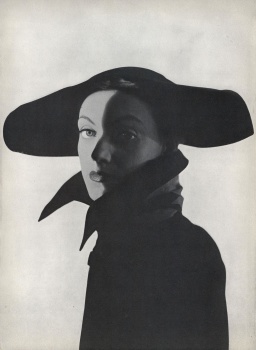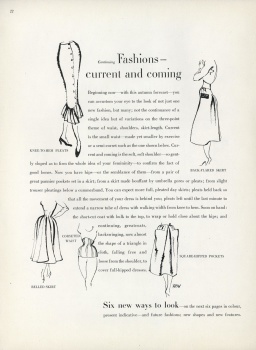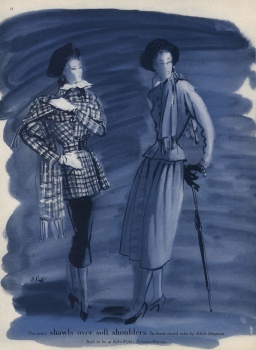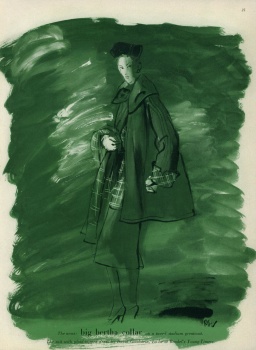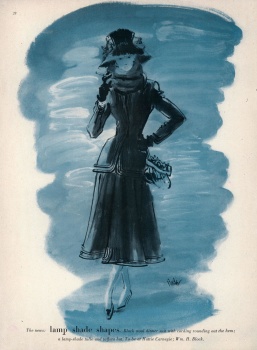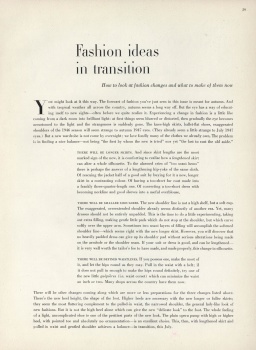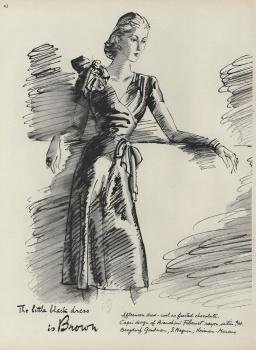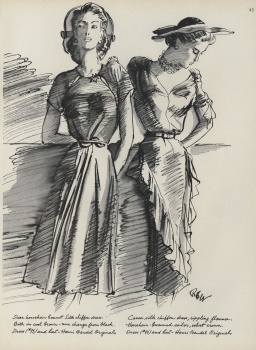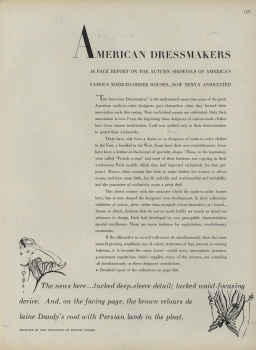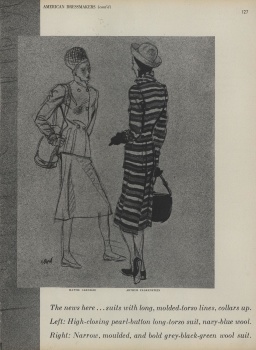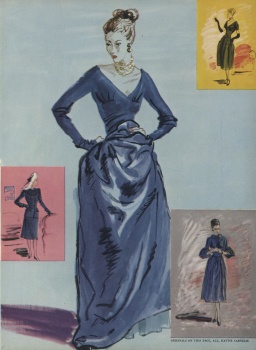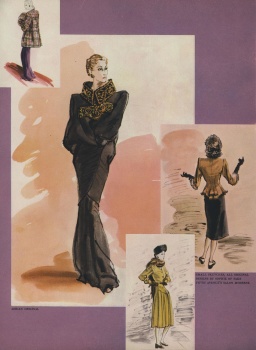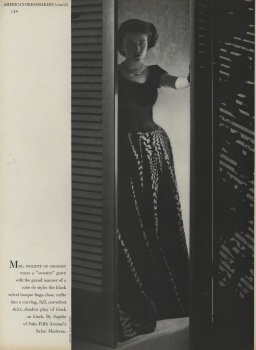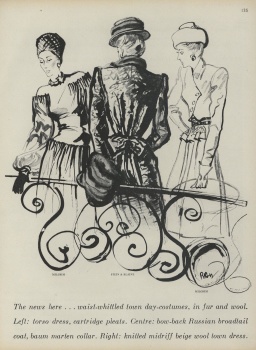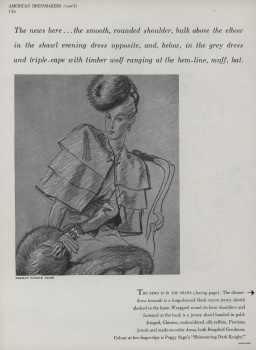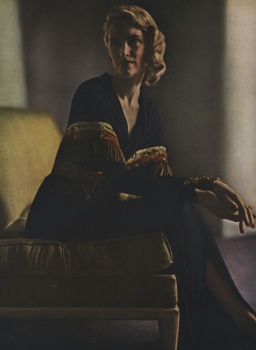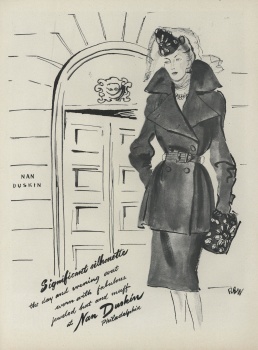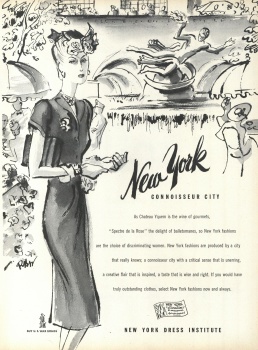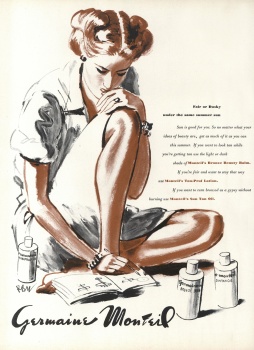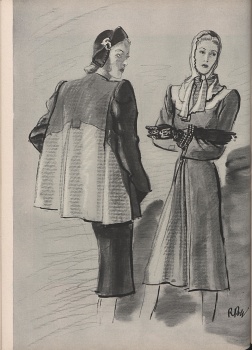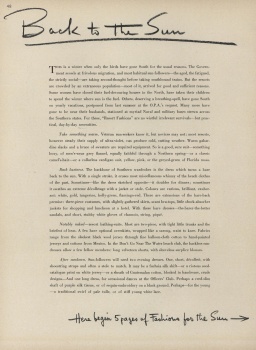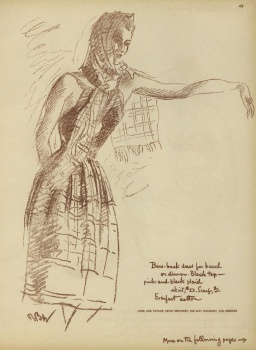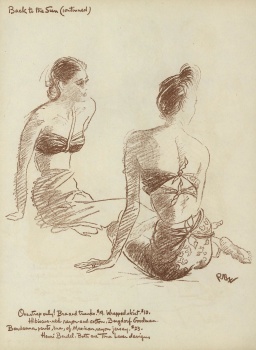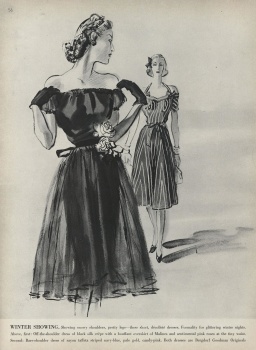- Joined
- Jul 24, 2010
- Messages
- 86,353
- Reaction score
- 52,407

René Bouët-Willaumez was a French aristocrat born in Brittany, in 1900. After abandoned engineering for art, he began working for Vogue in 1929. Joining the industry in the midst of change, where photography was becoming the dominant means of reporting on fashion trends. This, however, did not hold Willaumez back. His unhesitating and incisive ink drawings illustrated the hubris and elegance of fashion in a way that had not been seen carving out a demand for himself.
Within just a few years, Willaumez had honed his craft and his monogram “RBW” became a familiar fixture on the pages and covers of Vogue magazine. By the mid-1930s he was heralded as top of his profession, with his only substantial equal being Carl Erickson. Willaumez was a few years younger than Erickson, yet a professional, sometimes fractious, rivalry developed between the two and remained through the course of their careers.
Their work shared notable similarities. An untutored eye would be forgiven not distinguishing between the two. Erickson’s was softer in contrast to Willaumez’s crisper line. Erickson’s medium of choice was charcoal allowing him to create numerous subtle variety of edge. Whereas Willaumez used a pen, allowing for precision and an assured response. The two almost certainly recognised their essential differences and work towards widening them. Their paths inevitably crossed on many occasions, and though they were not friends, they found mutual professional recognition.
Willaumez had moved around a lot from Paris to London and then New York. Throughout the 1940s, whilst in New York, the American editor of Vogue made good use of his à la mode style. Willaumez worked with Vogue up until the early 1950s, where his appearance in the magazine abruptly drop. His work last appeared in the American Vogue in 1953. He did contribute to the occasional European edition, but 1958 saw his association with the magazine end. He left New York and returned to France.
Erickson, who was still working for Vogue, was suffering from failing health died in 1958. Willaumez, retired by then and remarried (for a third time). He died a few years later in 1979, at the age of seventy-nine years old. The passing of Erickson and the retirement of Willaumez concluded a chapter in Vogue’s and concurrently magazine history. By the early 1960s, magazines were using photography exclusively.
If you are interested in finding out more about René Bouët-Willaumez, I highly recommend picking up Fashion Drawings in Vogue: René Bouët-Willaumez. It is filled with his pen and ink illustrations, many in full colour and does a great job of painting a picture of the industry at the height Willaumez’s popularity.
illustratorslounge.com



